GENERAL DATA
Plant parts: Stems, leaves, and hydrosol
Cultivation mode: Wild collection/ Cultivated
In manufacturing: Pharmaceutical, Herbal Tea, Spices, etc.
In food: Yoghurt
🌿 Industries That Use Persian Ziziphora (Ziziphora tenuior L.)
Ziziphora tenuior, commonly known as Persian Ziziphora, is a fragrant herb from the mint family (Lamiaceae), native to Iran, the Caucasus, and Central Asia. It’s recognized for its intense minty–thyme aroma and rich antimicrobial and calming properties, making it a prized herb in folk medicine, herbal teas, and aromatherapy.
1. Pharmaceutical & Traditional Medicine Industry
Persian Ziziphora plays a vital role in Persian, Unani, and Central Asian medicine, especially for:
-
Digestive health: Reduces bloating, indigestion, and nausea
-
Antiseptic use: Used for respiratory and gastrointestinal infections
-
Calming agent: Eases anxiety, restlessness, and minor pain
-
Antipyretic: Helps lower mild fevers in traditional decoctions
✅ Common Forms: Infusions, decoctions, syrups, and powdered capsules
2. Herbal Tea & Beverage Industry
Ziziphora is used in functional herbal teas thanks to its aroma and soothing effects:
-
Caffeine-free herbal tea: Often blended with Thyme, Mint, or Chamomile
-
Flavored wellness infusions: For relaxation, detox, or digestive support
-
Cold infusions or distillates for traditional summer drinks
✅ Served in traditional tea houses in Iran and exported in herbal tea bags
3. Nutraceutical & Aromatherapy Industry
Its essential oils contain compounds like carvacrol, thymol, and pulegone, which offer:
-
Antimicrobial and antifungal properties
-
Respiratory support in steam blends or salves
-
Mood uplift and calmness in diffusers and calming sprays
✅ Available as dried leaves, essential oil, or tincture
4. Food & Culinary Industry (Regional Use)
Though not widespread globally in cuisine, Ziziphora is:
-
Used as a flavoring agent in some regional dishes and yogurt-based sauces
-
Added to herbal cheese, soups, and pickles in rural Iranian and Central Asian cuisine
-
Sometimes used like Thyme or Oregano
✅ Aroma: Intense mint-thyme blend with camphoraceous and warm undertones
5. Export, Ethnic & Organic Herbal Markets
-
Exported as wild-harvested dried leaves or powdered herb
-
Sold through ethnic and traditional wellness outlets
-
Offered in bulk tea blends for Middle Eastern and Caucasus diaspora
✅ Sought for its wild origin and therapeutic aroma
✅ Summary of Key Applications
| Industry | Common Uses |
|---|---|
| Pharmaceutical & Traditional | Digestive remedy, antimicrobial, calming herbal tonic |
| Tea & Beverage Industry | Relaxing mint-thyme infusion, flavored herbal blends |
| Nutraceutical & Aromatherapy | Essential oil with antimicrobial & calming use |
| Culinary & Food Use | Seasoning herb in sauces, cheeses, and herbal dishes |
| Export & Organic Markets | Wild-harvested dried herb, herbal tea blends, bulk packaging |
🌱 Key Features
-
🌿 Aromatic herb rich in pulegone, carvacrol, and flavonoids
-
🌍 Wild-harvested across Iran, Afghanistan, and Central Asia
-
💧 Used as herbal infusion or steam distillate in Persian wellness traditions
-
🧴 Available as essential oil, dried herb, or powdered supplement
-
✅ Recognized for its digestive, calming, and antimicrobial activities
HARVEST CALENDAR
Feb
Mar
Apr
May
Jun
Jul
Aug
Sep
Oct
Nov
Dec
To order Kakouty, please contact us.
About Persian Ziziphora
Persian Ziziphora is an annual plant whose height reaches twenty centimeters. This plant has many species. But they all look almost the same. The stems are relatively thin, pinkish, and slightly hairy, and their cross section is circular. The leaves are elongated, relatively narrow, pointed and slightly hairy and grow without petioles and densely around the stems. These leaves are fragrant and have a spicy taste. The flowers are small, purple-pink, slightly elongated, almost trumpet-shaped and tabular, and grow densely next to the upper leaves of the plant. Each flower has four rounded edges.
Ziziphora Spp. Temperament
Hot and dry.
Its tea softens the chest.
Gargling its decoction is useful for tonsillitis. If you put some cotton dipped in Persian Ziziphora infusion in the nose, it will improve nosebleeds.
Sitting in its decoction is useful for improving rheumatism and sciatica.
Ziziphora hydrosol helps to relieve muscle cramps and diarrhea.
🧾 Nutrition Facts – Persian Ziziphora (Ziziphora tenuior L.) (100g)
Botanical Name: Ziziphora tenuior L.
Common Names: Persian Ziziphora, Kakuti, Kakooti, Kakoti, Field Ziziphora
Plant Part Used: Dried aerial parts (leaves, stems, and flowers)
Traditional Uses: Digestive tonic, carminative, antimicrobial, antispasmodic, and herbal tea for colds, anxiety, and stomachache
🔹 General Composition (Per 100g, dried herb)
| Nutrient | Amount | % Daily Value (DV)* |
|---|---|---|
| Calories | ~280 kcal | 14% |
| Water | ~7 g | — |
| Protein | ~8.5 g | 17% |
| Total Fat | ~4 g | 5% |
| • Saturated Fat | ~1.1 g | 5% |
| Carbohydrates | ~58 g | 21% |
| • Dietary Fiber | ~26 g | 93% |
| • Natural Sugars | ~3 g | — |
🔬 Minerals
| Mineral | Amount | % DV |
|---|---|---|
| Calcium | 440 mg | 34% |
| Iron | 12.6 mg | 70% |
| Magnesium | 155 mg | 39% |
| Potassium | 1040 mg | 22% |
| Phosphorus | 110 mg | 9% |
| Zinc | 1.4 mg | 13% |
| Manganese | 1.9 mg | 83% |
🌿 Vitamins
| Vitamin | Amount | % DV |
|---|---|---|
| Vitamin C | 11 mg | 12% |
| Vitamin E | 1.5 mg | 10% |
| Vitamin B1 (Thiamine) | 0.12 mg | 10% |
| Vitamin B2 (Riboflavin) | 0.16 mg | 12% |
| Niacin (B3) | 1.3 mg | 8% |
| Vitamin A (Beta-carotene) | ~4200 IU | 84% |
🧪 Phytochemical Compounds
Persian Ziziphora is rich in aromatic and medicinal constituents, including:
-
Essential Oils:
• Pulegone
• Isomenthone
• Menthone
• Thymol
• Carvacrol -
Phenolic compounds – antioxidant and anti-inflammatory activity
-
Flavonoids – apigenin, luteolin
-
Tannins & terpenoids – digestive and antimicrobial effects
🏺 Traditional Applications
-
Persian Traditional Medicine: Used as a tea (infusion) for digestion, bloating, nausea, and cold relief
-
Folk Use in Iran & Turkey: Antiseptic, wound cleanser, and treatment for respiratory tract infections
-
Modern Herbalism: Mild sedative and gastrointestinal relaxant
⚠️ Caution & Dosage
-
Typical use: 1–2 g of dried herb infused in hot water up to 3 times/day
-
Pulegone warning: Excessive use (especially concentrated oils) may affect the liver
-
Not recommended in pregnancy due to uterine stimulation potential
-
Avoid high doses of essential oil extract unless prescribed by a professional
📦 Storage
Keep in a tightly sealed, airtight container away from light and humidity. Store in a cool, dry place to retain aromatic oil content and prevent oxidation.
🧪 Disclaimer
This nutritional and phytochemical profile is for educational purposes only. Nutrient values are approximated from botanical and scientific data. Variations may occur depending on climate, harvesting time, and drying method. Always consult a qualified health professional before internal use, especially in concentrated forms.
To order Kakouty, please contact us.


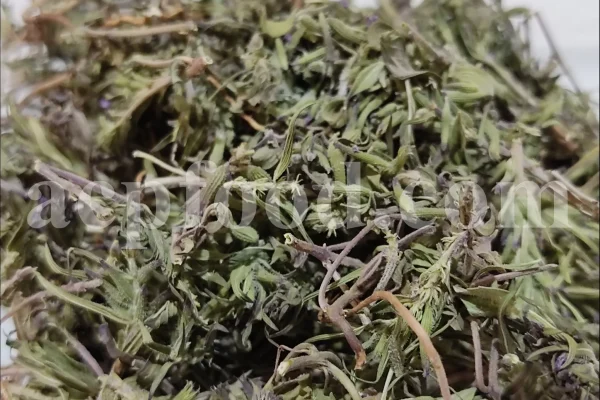
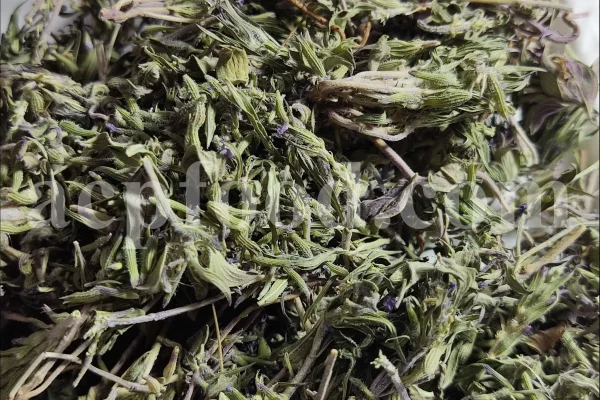

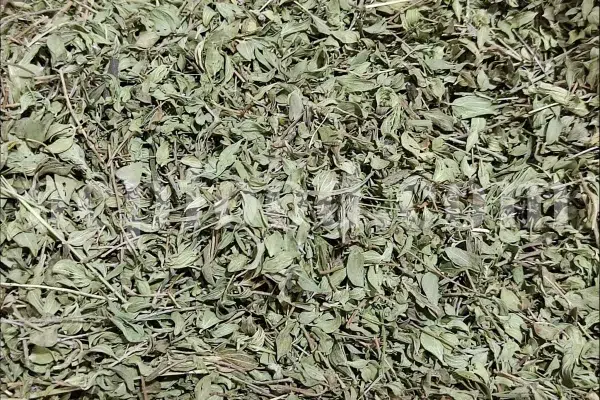
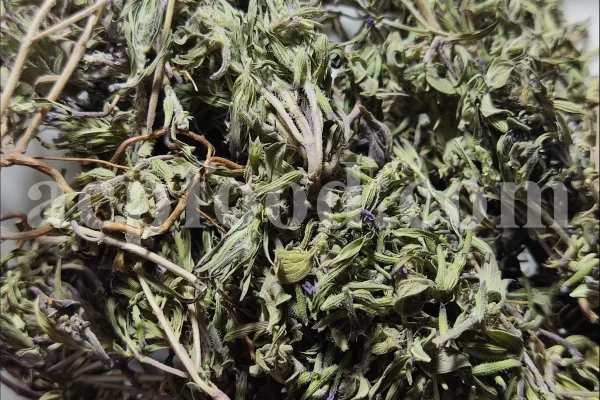

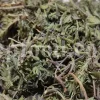
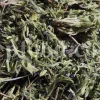


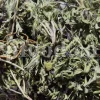
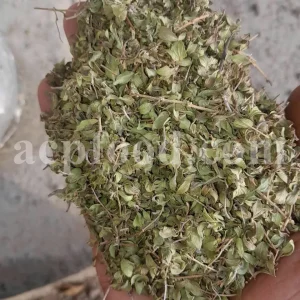
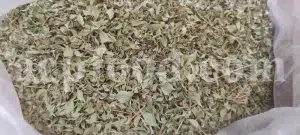
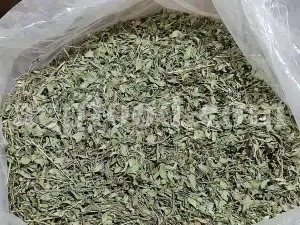
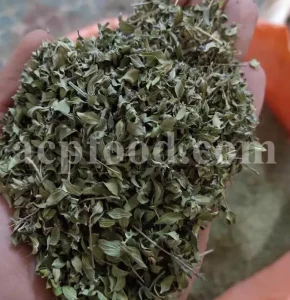

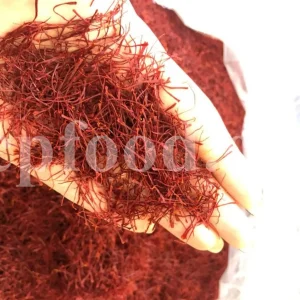

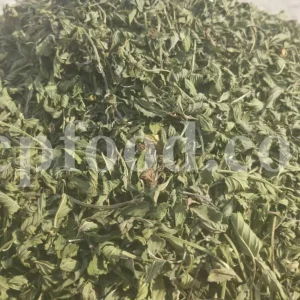
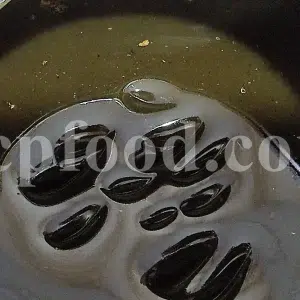
Reviews
There are no reviews yet.